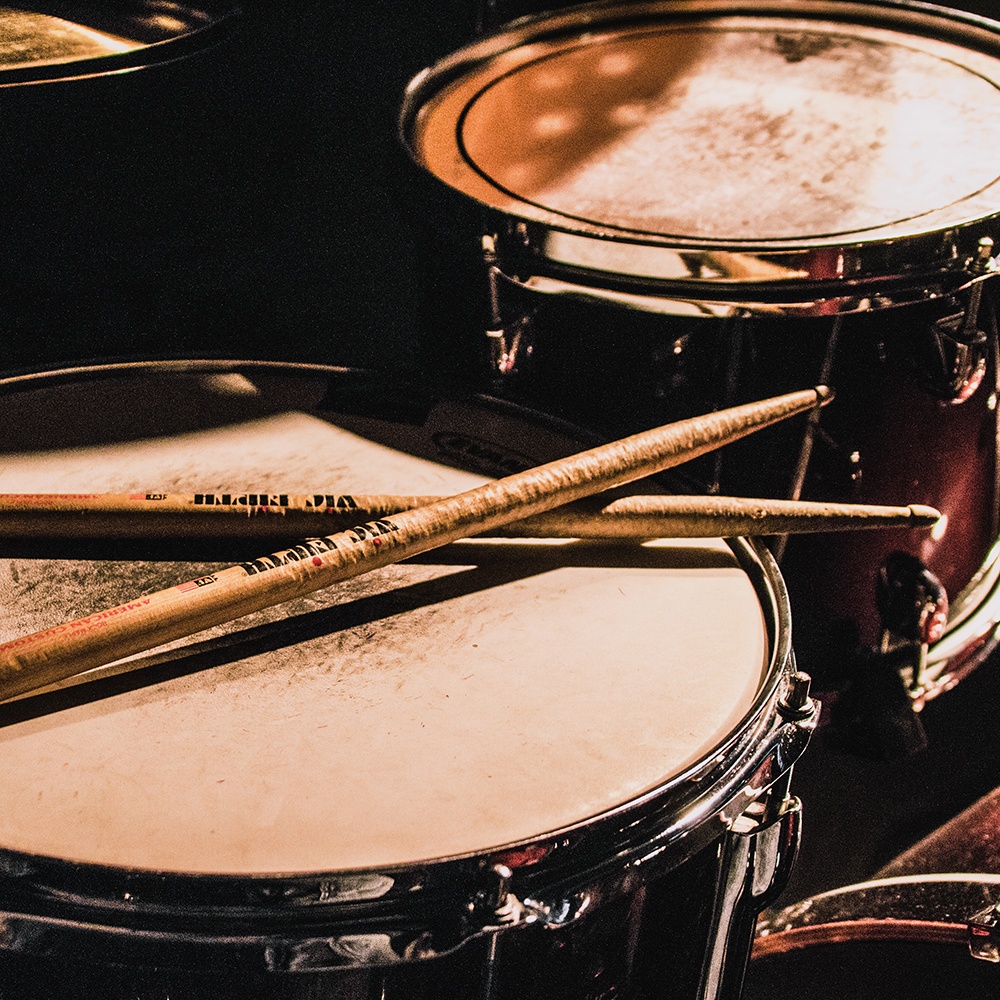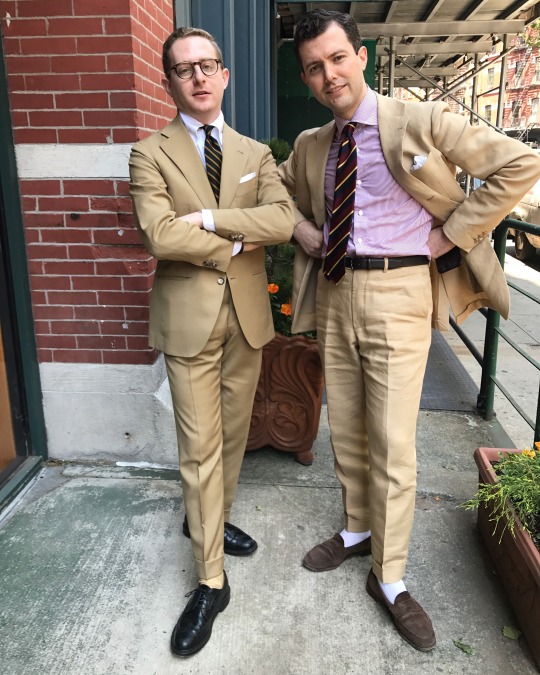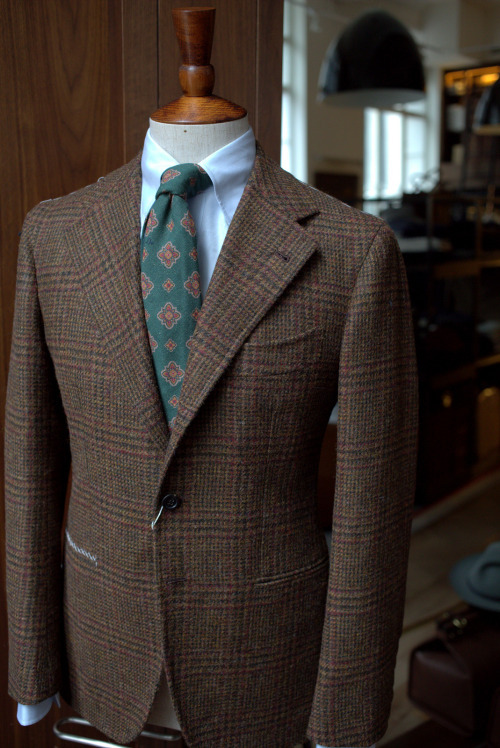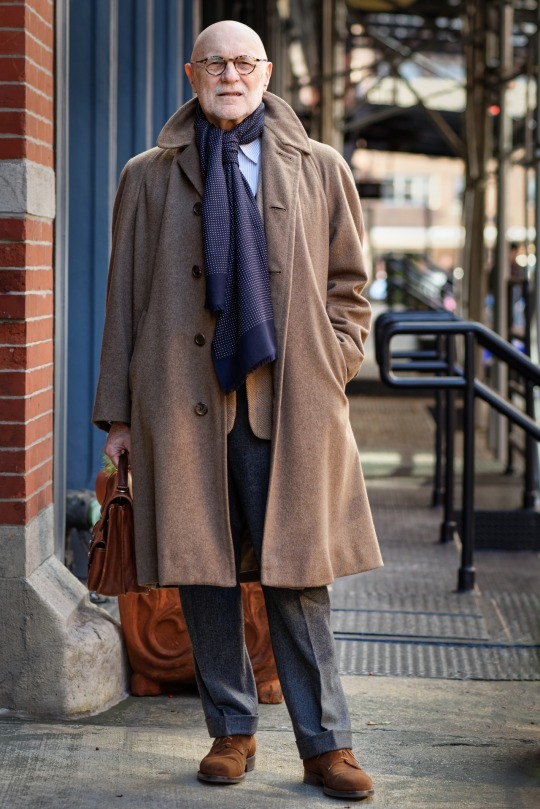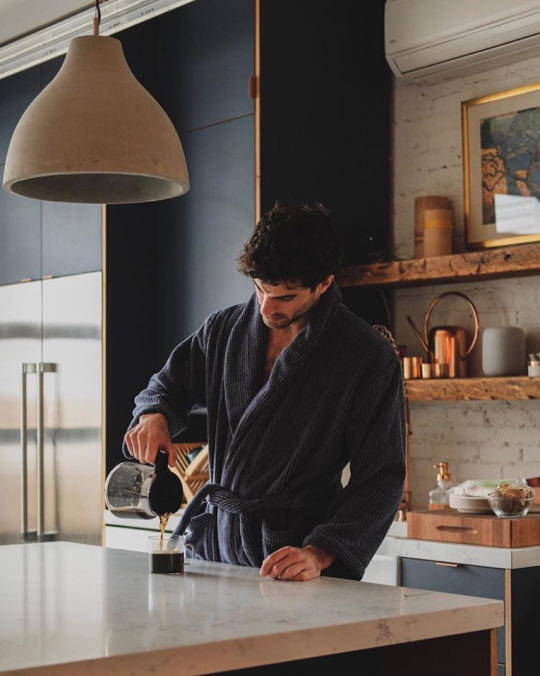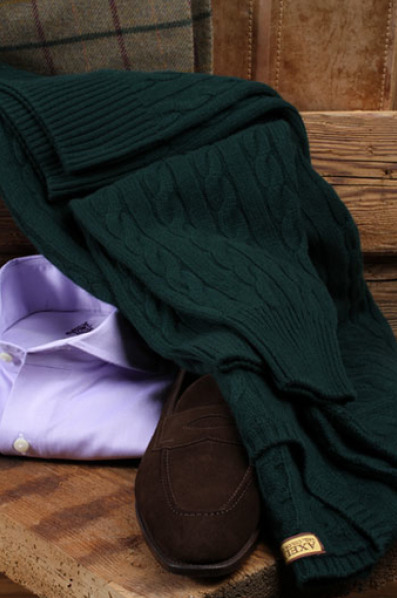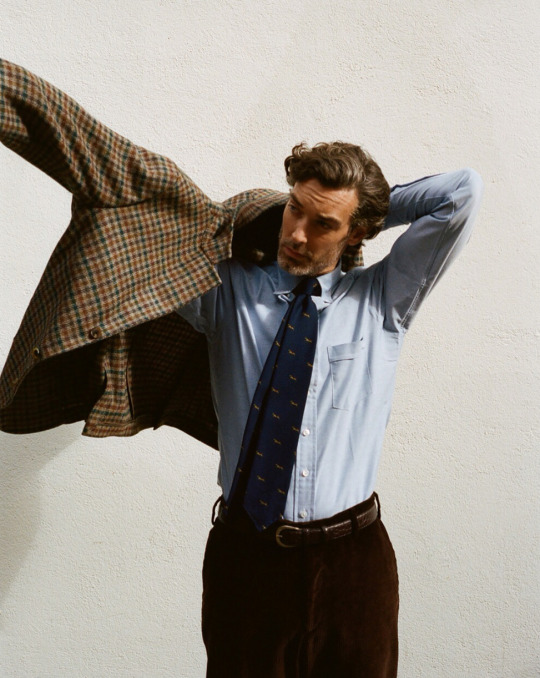Finding the Perfect Flannel Shirt
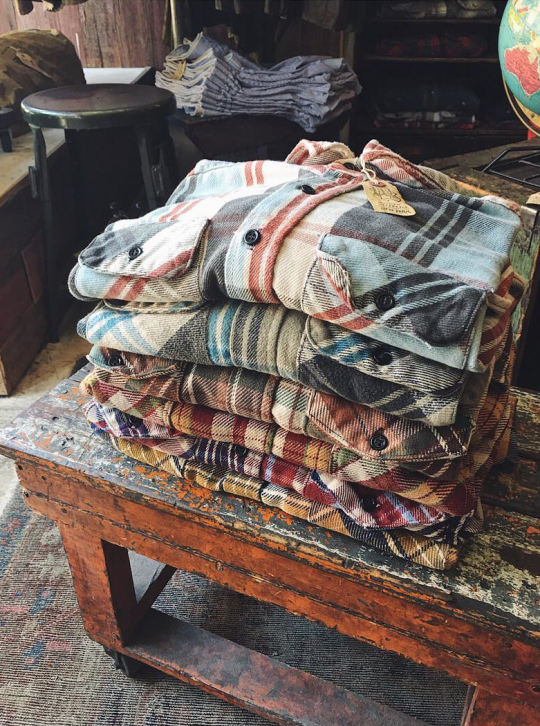
Kiya Babzani, co-owner of the specialty denim empire Self Edge, is mostly hush about who patrons his stores, but he shared as story once of the most unlikely of customers. One day he received an order for a few things from Flat Head and Iron Heart. Having run the credit card a few times and getting the charge declined, he became suspicious of fraud. So he looked at the customer’s delivery information – Owenscorp in Paris – and reached out. “Oh it’s for Rick,” the buyer explained. “Sorry if the credit card didn’t go through. He wants these things sent to his studio."
Rick, of course, refers to Rick Owens, who is reverently known to his fans as the “Lord of Darkness.” His clothes are masterpieces in terms of pattern making, far surpassing anything you’d find on Savile Row, but they’re cut for the clinically underweight. The shoulders are narrow, sleeves tiny, and chests tight. If you can somehow muscle your way into his clothes, however, they become beautiful, black coiling sculptures. Owens drapes and twists materials such as beaten lambskins and silky cottons to create garments that look like they’re decaying monastic robes in some space-age Brutalist future.
What brought Rick Owens to Self Edge? The thing that unites almost every American clothing experience: the hunt for the perfect flannel shirt. Owens found his in the form of a red buffalo check flannel from Iron Heart, but then lost it a year later. His assistant emailed Kiya again, asking if he had another (“it’s his favorite,” she pleaded). Kiya didn’t, but found the same model in blue. "No worries, just mail it. We’ll dye it,” she replied. Of course, that’s impossible. Once a check has been made, you can’t change it into a different color because the yarns have already been woven. But who’s going to question Rick Owens’ garment making techniques – or deny him of his favorite flannel?
Keep reading
